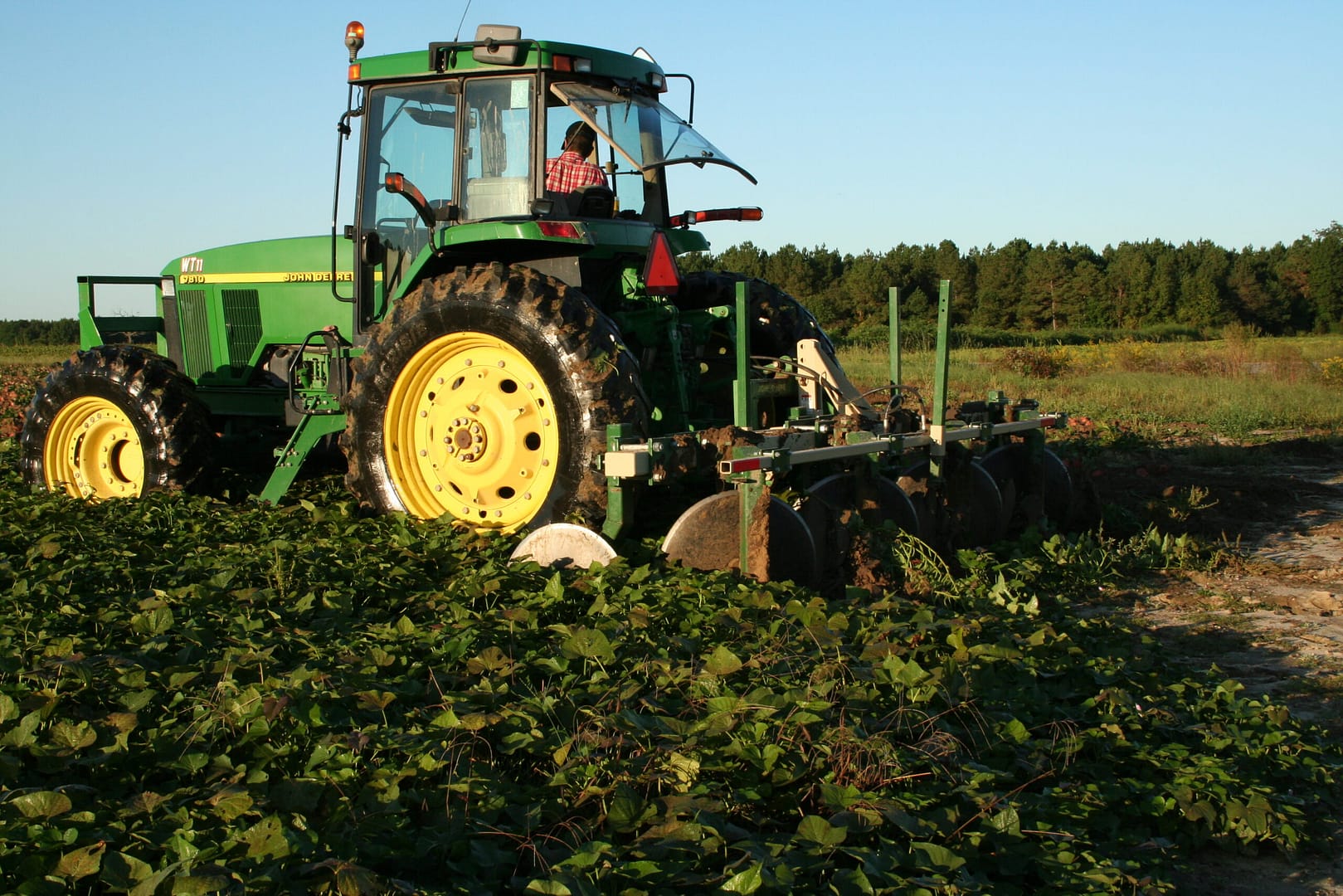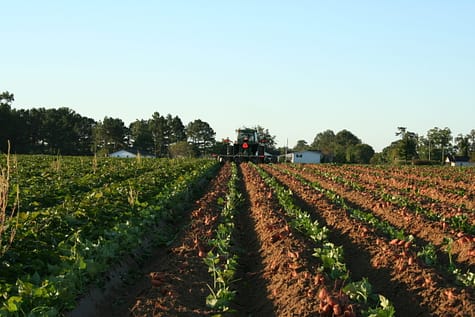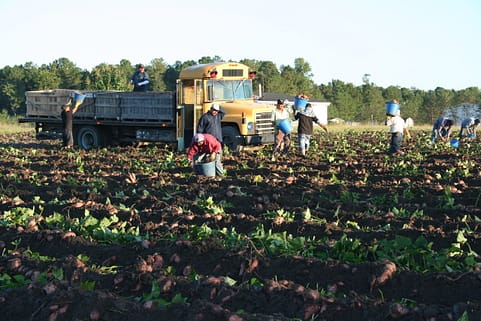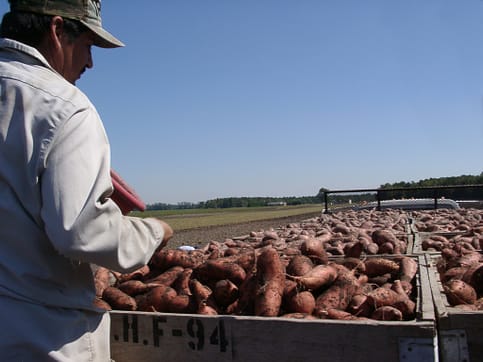Why North Carolina?
North Carolina didn’t just stumble into the sweetpotato spotlight; it’s been the nation’s leading producer since the early 1970s. The state’s reign as sweetpotato growing leader is no accident. Its hot, moist climate paired with nutrient-rich soil provides the perfect conditions to grow sweetpotato successfully. Today, North Carolina contributes to around 60% of all U.S. sweetpotato exports, making it the undisputed sweetpotato capital of the country.
How do sweetpotatoes grow?
Have you ever wondered how sweetpotatoes are sweetpotatoes grown? The process of growing these delicious root vegetables is a fascinating one, and in North Carolina, it’s a practice that has been perfected over decades. In North Carolina, farmers have perfected the art of sweetpotato growing, carefully tending to every stage of the process. To truly appreciate these vegetables, it helps to understand how to grow sweetpotato from start to finish. healthy summer meal prep. your busy summer days!
It all begins with a slip, not a seed
Unlike white potatoes, which are grown from tubers, sweetpotato’s begin with small leafy cuttings known as ‘sips’. Farmers typically start this process in late winter or early spring. Some growers start the sprouts in a greenhouse, carefully nurturing them to develop a strong root system. Others use a method called “bedding,” where they plant whole sweetpotatoes in special beds in March, which then produce the sprouts. These slips are the first step in the sweetpotato growing process and ensure that every plant begins with a strong root system.
Planting and nurturing the new crop
As spring warms up in April, May, and June, the slips are cut and transplanted into the fields. This planting process is known as transplanting. Farmers carefully space them to give each plant room to thrive and grow sweetpotato successfully. Once planted, the sweetpotatoes need a good amount of time to mature. These hardy vegetables require around 90-120 frost-free days to grow and develop their signature sweetness. Thanks to North Carolina’s fertile soil and favourable climate, the sweetpotato has everything it needs to flourish.
The harvest: a gentle and meticulous process
The sweetpotato harvest begins in late August and continues into the fall. Harvesting is a delicate task to protect the thin, sensitive skin of the sweetpotato. Tractors equipped with special ploughs gently lift the sweetpotatoes from the ground and onto the soil surface. From there, they are harvested by hand to prevent bruising. After being picked, the sweetpotatoes are sorted and graded based on their size and quality. This careful attention ensures that each sweetpotato growing in the field makes it safely to your plate.
Curing and storing for year-round enjoyment
Freshly harvested sweetpotatoes are sent to curing rooms, where they stay in warm, humid conditions for three to five days. This step toughens the skin and enhances its natural sweetness. After curing, they are stored in climate-controlled warehouses, a system developed in collaboration with North Carolina State University. This method allows farmers to grow sweetpotatoes for seasonal harvest but makes them available year-round.
From farm to table
Finally, the cured and stored sweetpotatoes are cleaned, packaged, and prepared for shipping. North Carolina sweetpotatoes are exported to many countries, with a significant portion heading to Europe. The journey to Rotterdam takes about 14 days in a temperature-controlled shipping container, after which they are distributed to restaurants, supermarkets, and homes across the continent.
So, the next time you enjoy a sweetpotato, you’ll know the detailed process behind it, and exactly how to grow sweetpotatoes from slips to storage. North Carolina’s commitment to excellence in sweetpotato growing is what makes every bite so sweet.
Learn more about our sweetpotato growing journey on the Farming process page.





